Accurate AI Translation in 100+ Languages

Tested and compared: Discover the top PDF translation tools of 2025. We evaluated accuracy, formatting, speed, privacy, and pricing across real-world documents and 8 language pairs—helping you choose the best solution for business, academic, or personal needs.
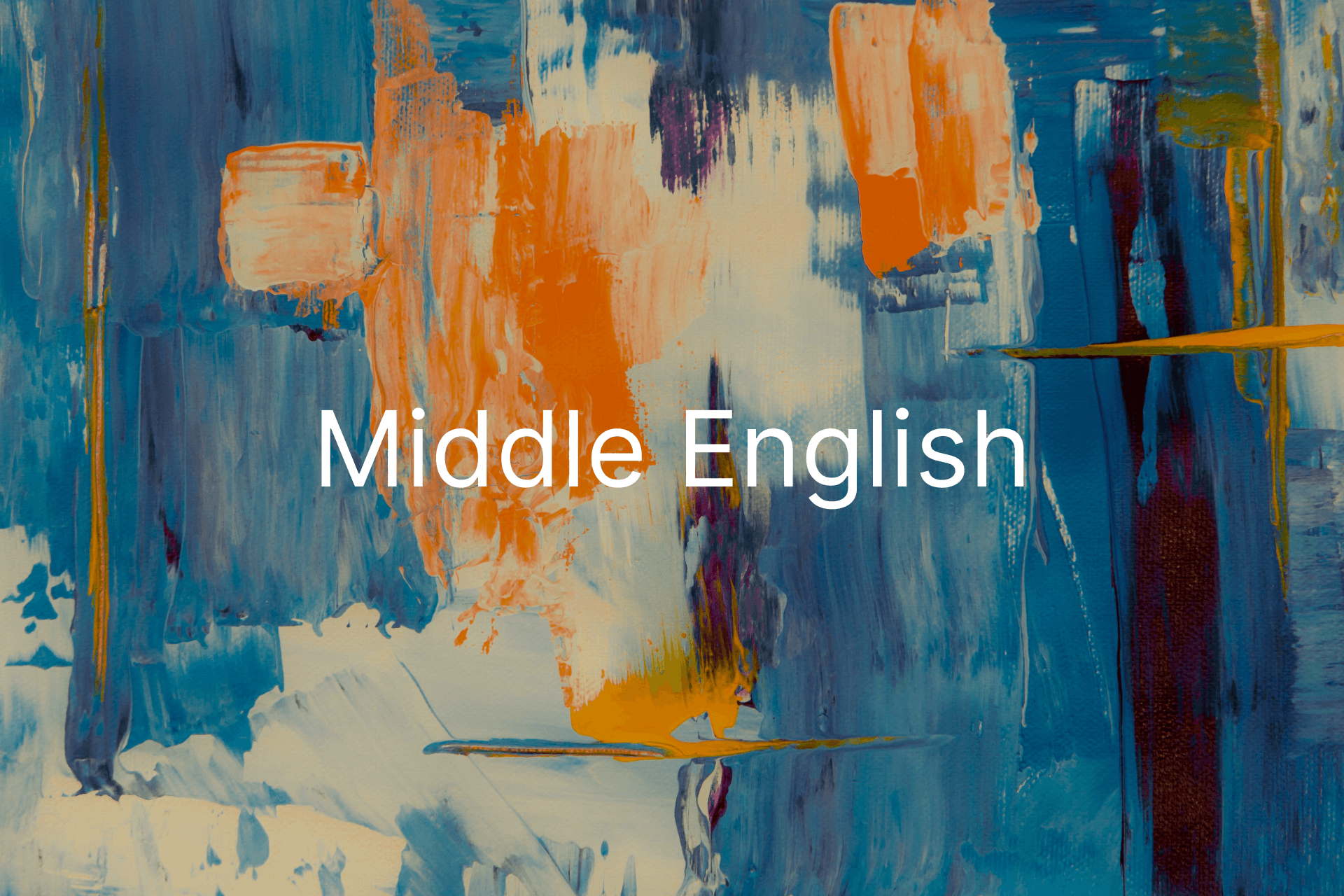
Welcome to the fascinating world of Middle English, the form of the English language spoken from approximately 1100 to 1500. This pivotal period, spanning the High and Late Middle Ages, witnessed English transform from the heavily inflected Old English of Beowulf into a language recognizably closer to what we speak today. In this comprehensive guide, we'll explore what Middle English is, its rich historical context, distinctive linguistic features, major literary achievements, and practical strategies for reading it. You'll also have the opportunity to test your understanding with an interactive quiz and discover resources to help navigate challenging passages.
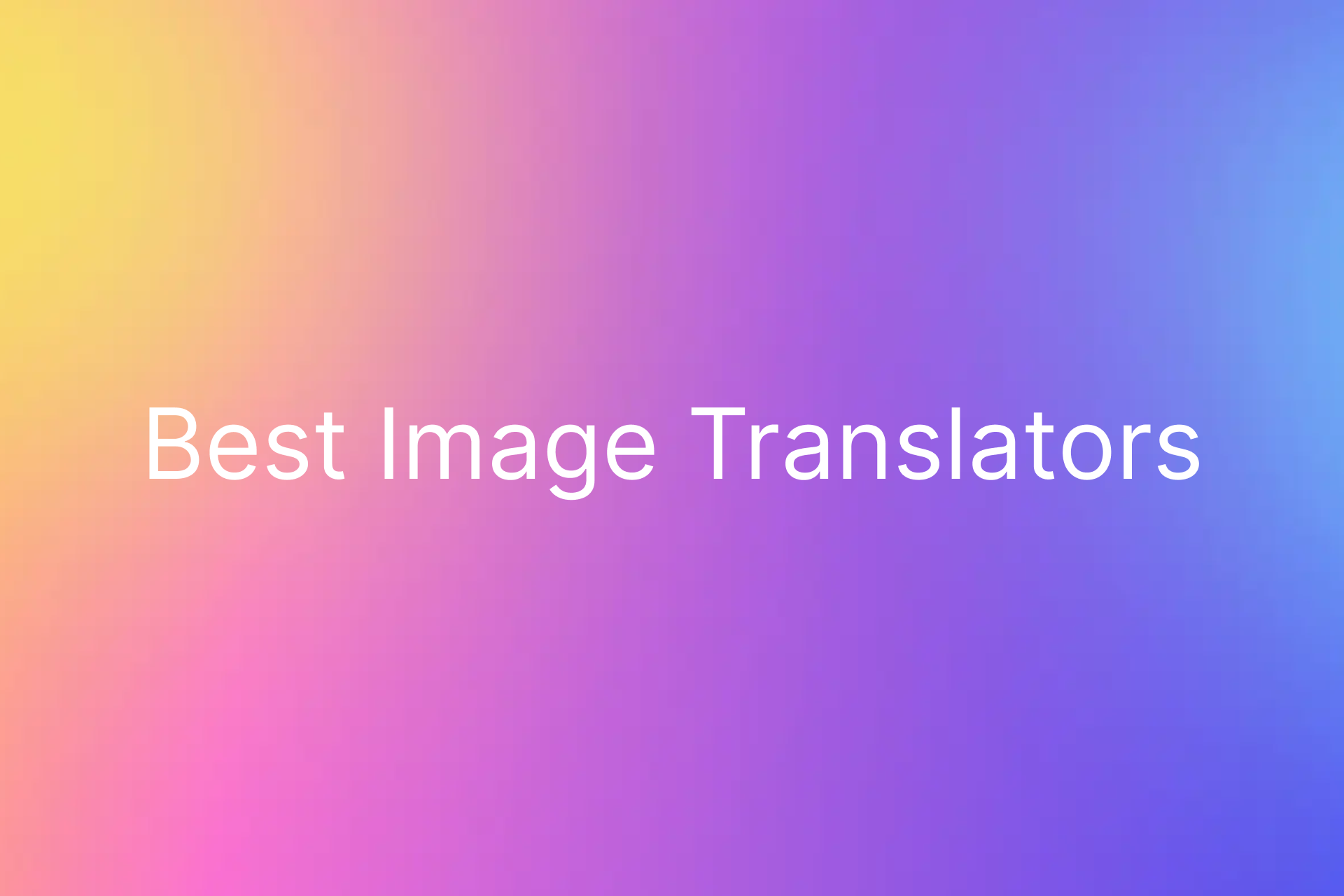
In 2025, the demand for image translators has surged due to globalization and the need for seamless multilingual communication. These tools extract and translate text from images, making them essential for travelers, students, and professionals. This article reviews the top image translators, with a special focus on OpenL.io, based on research as of June 2, 2025. The analysis draws from multiple reputable sources to ensure a comprehensive and up-to-date overview.
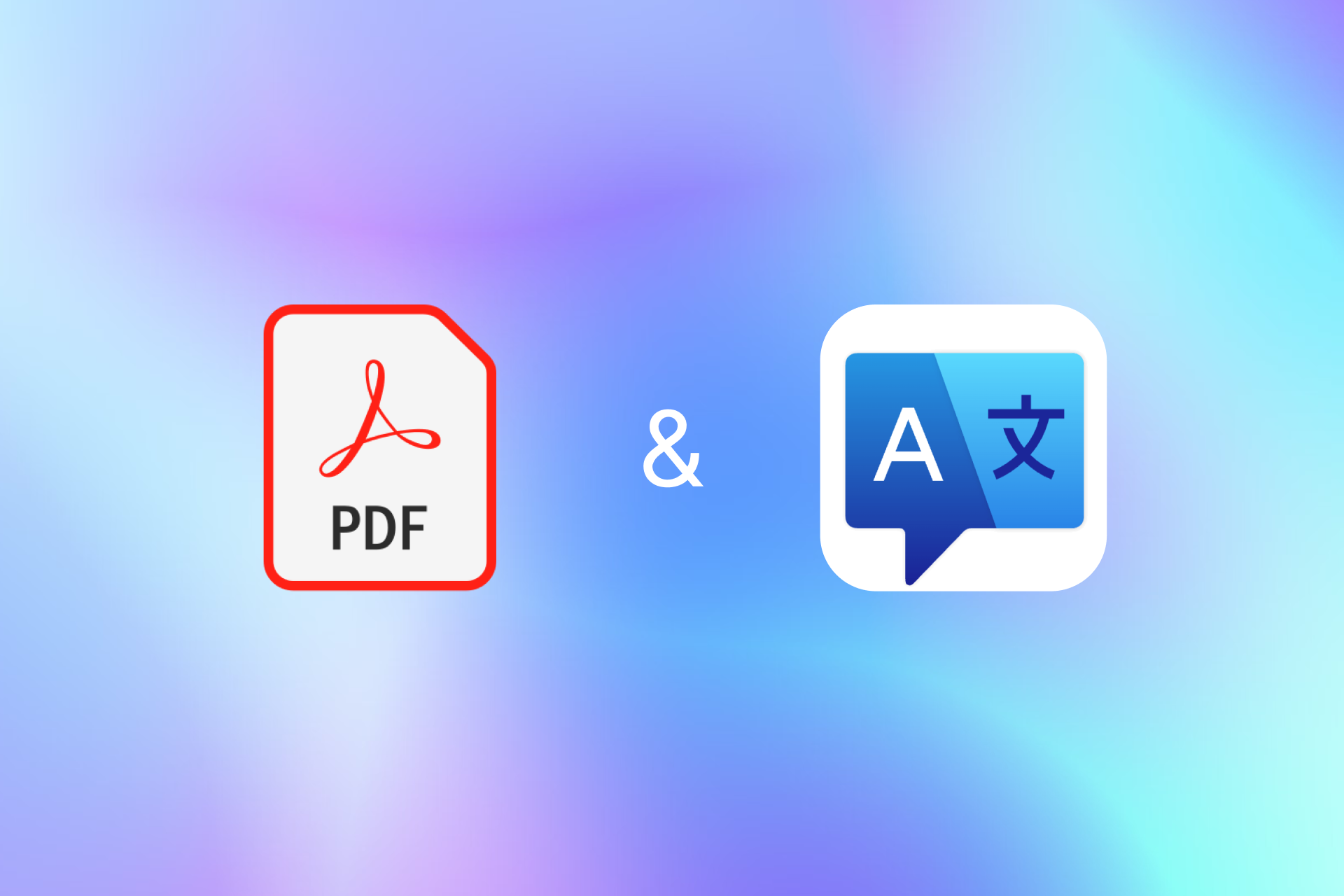
In today's globalized world, PDF document translation is essential for cross-linguistic communication. Whether you're an academic translating foreign research, a business localizing contracts, or an individual understanding a foreign manual, you face a common challenge: how to translate a document while perfectly preserving its exquisite original format?
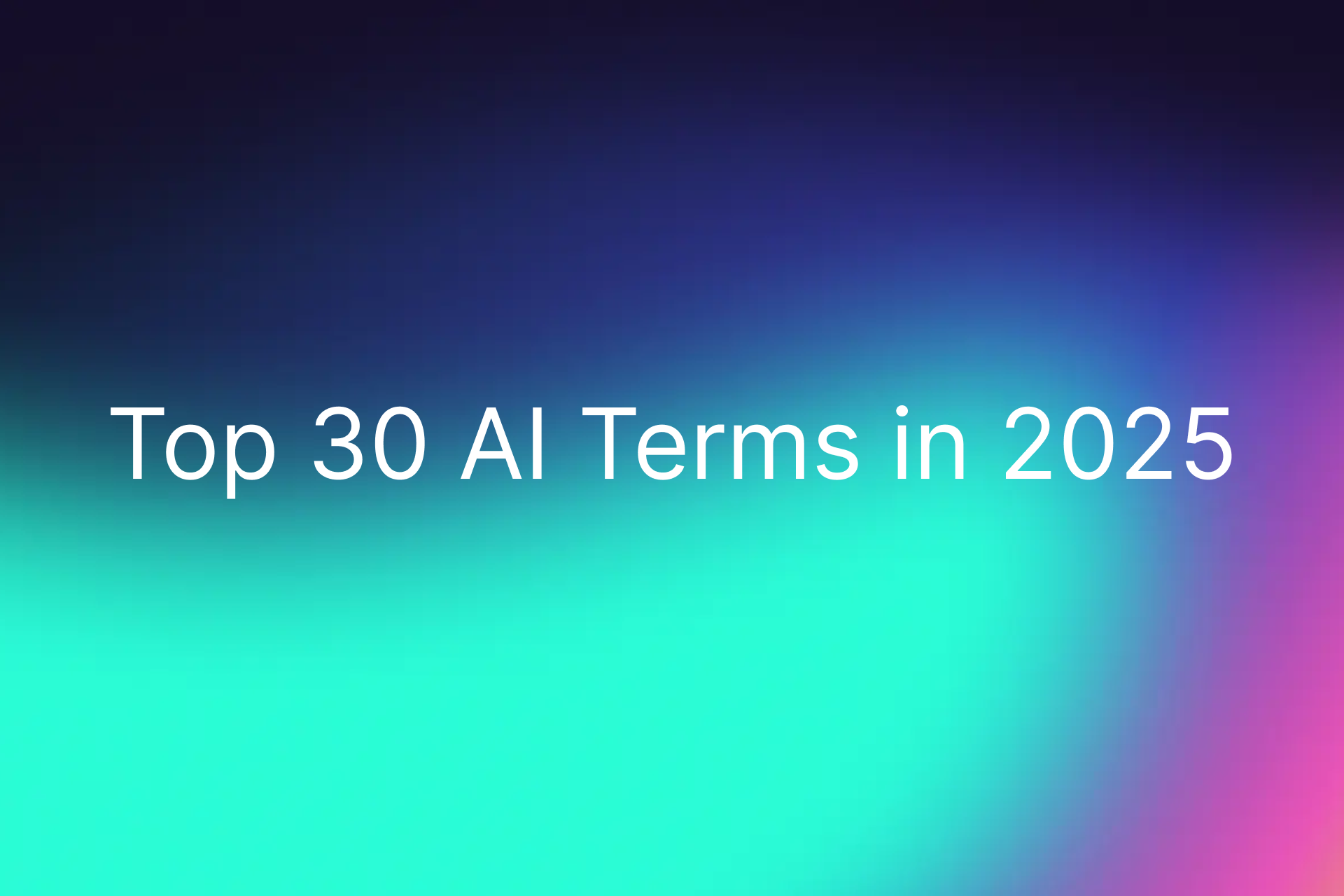
The AI revolution is accelerating, and so is the language that defines it. To stay ahead in conversations shaping our future, mastering these essential terms is a must. This expanded guide covers the most influential buzzwords dominating the AI landscape today, ranked by their current relevance.
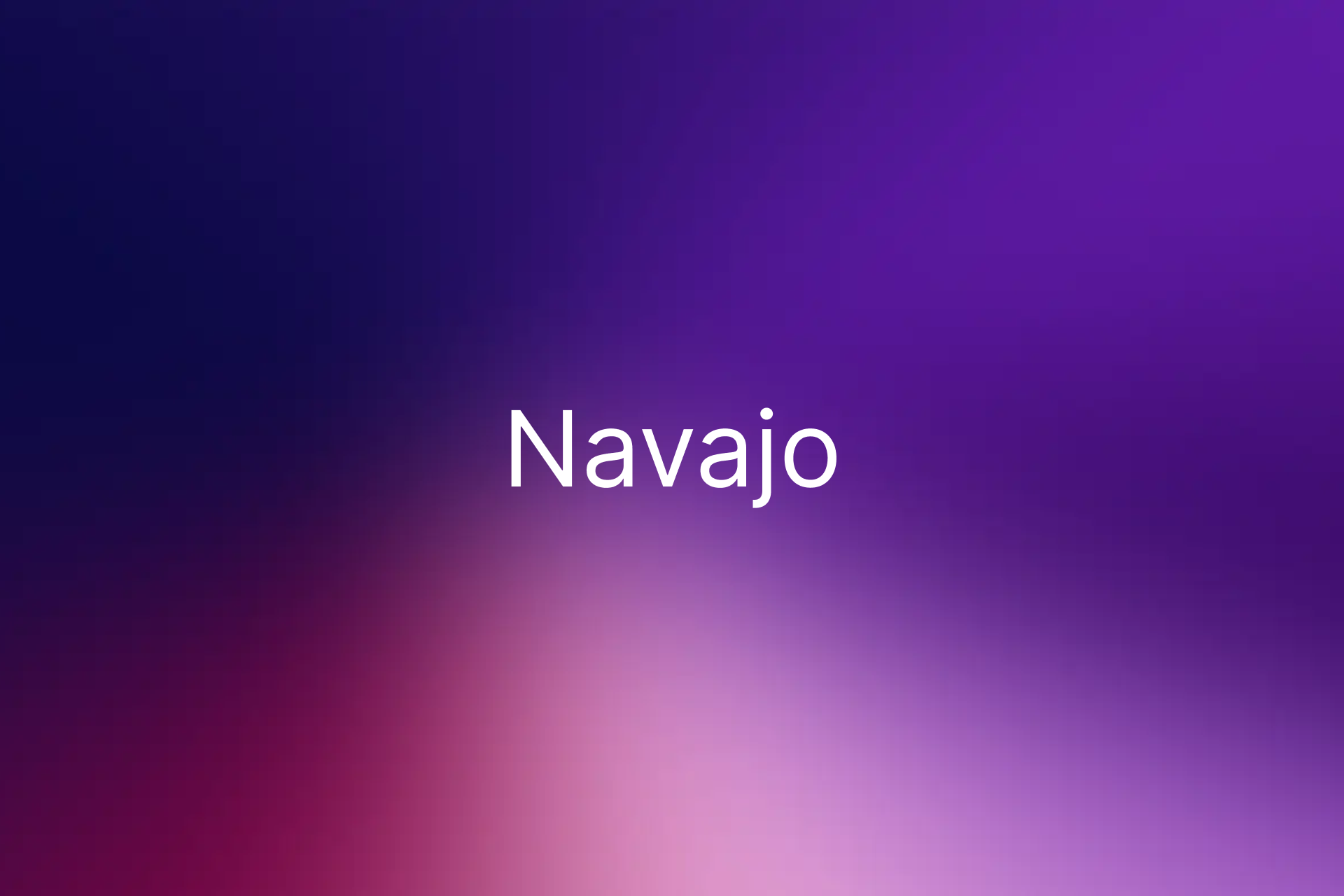
The Navajo language, known as Diné Bizaad, is a cornerstone of Navajo culture and one of the most widely spoken Native American languages in the United States, with approximately 170,000 speakers as of 2025. Rooted in the Southwestern Navajo Nation, this Southern Athabaskan language is both a linguistic marvel and a cultural treasure. However, it faces endangerment due to declining use among younger generations. This comprehensive guide delves into the language’s linguistic features, cultural significance, current challenges, and preservation efforts, offering readers an engaging journey enriched with interactive elements and authoritative resources, including tools like OpenL Translate to explore Navajo further.
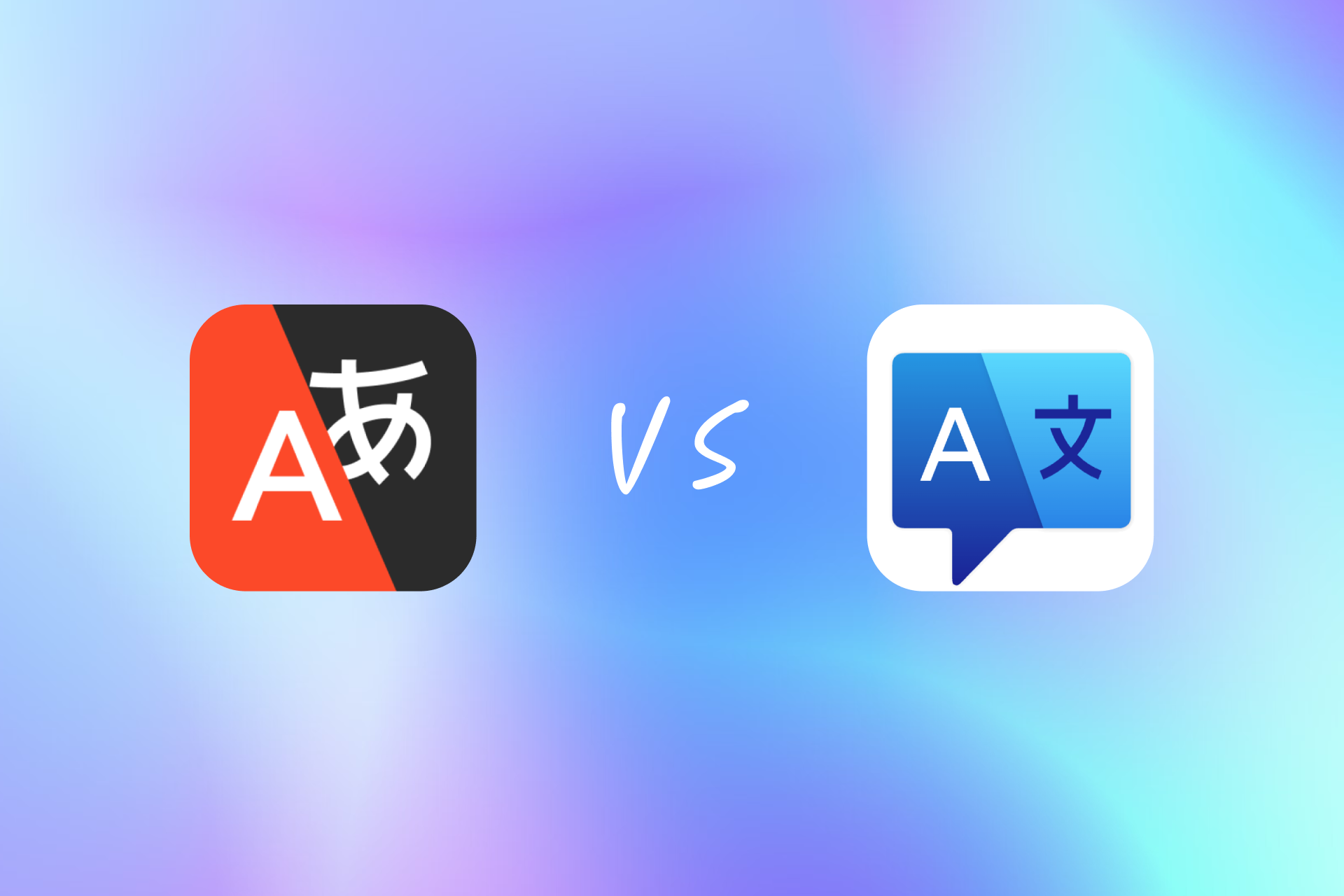
Yandex Translate is a solid choice for free, reliable translations, especially for Russian and European languages. However, its limitations—such as a comparatively smaller set of supported languages, potential privacy concerns, and a lack of certain advanced features—may leave users searching for a more robust solution. Enter OpenL, a powerful AI-driven translation platform that aims to surpass Yandex Translate with its extensive language support, professional tools, and privacy-focused approach. In this article, we'll explore why OpenL is positioned to be the best Yandex Translate alternative in 2025 and how it can elevate your translation experience.
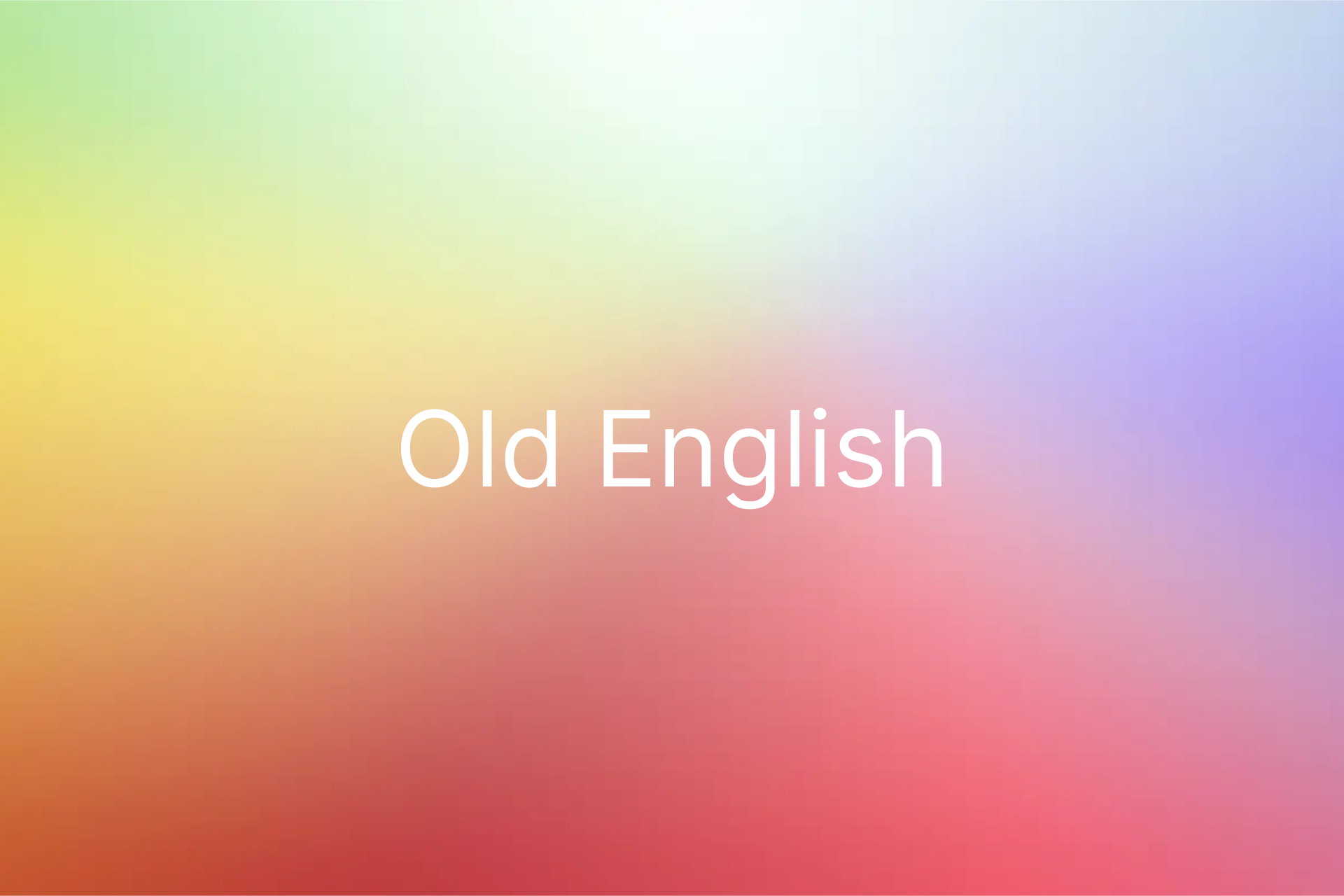
Old English, also known as Anglo-Saxon, is the earliest form of English, spoken in England and southeastern Scotland from c. 450 to c. 1150 CE. Brought by Anglo-Saxon settlers, it's a Germanic language with Latin and Old Norse influences. Its complex grammar and unique vocabulary make it distinct from Modern English. Iconic works like Beowulf offer a window into Anglo-Saxon culture.
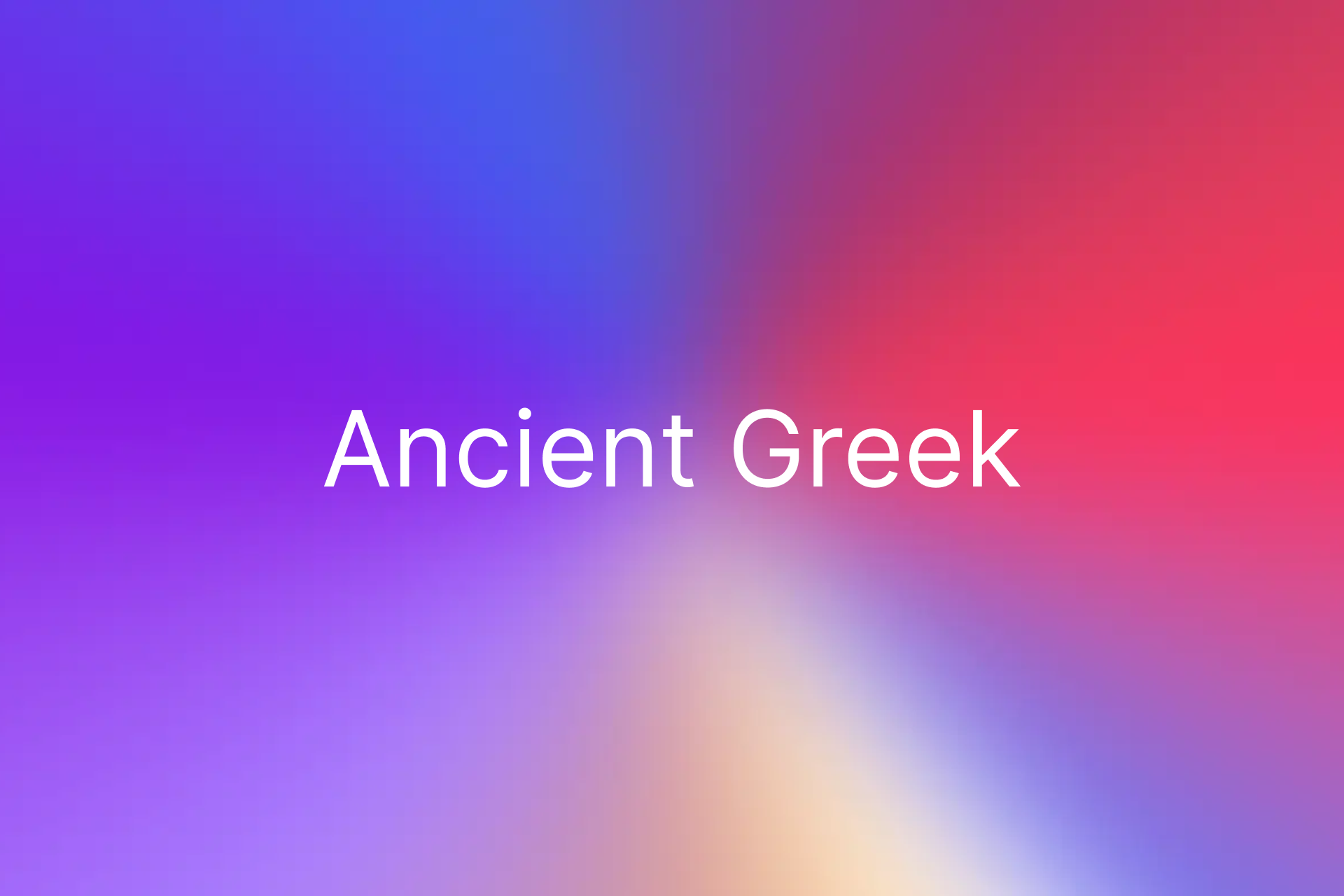
Ancient Greek is a language over 3,000 years old that's woven into modern culture. From epic poems to the foundations of science, Ancient Greek is a living legacy.
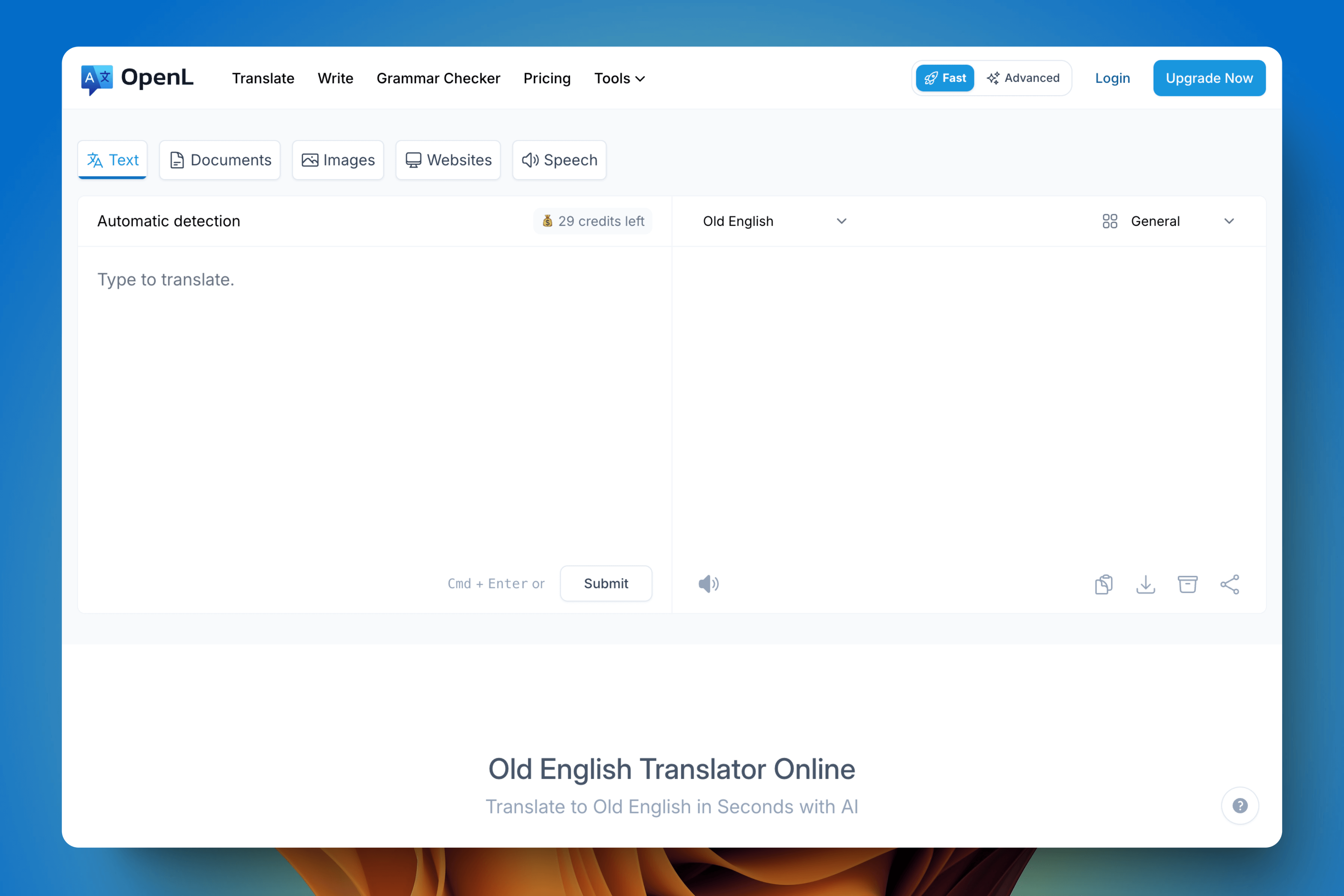
Old English, or Anglo-Saxon, was spoken in parts of England and Scotland from the 5th to 11th century. It is a highly inflected language with complex grammar and a rich vocabulary, making it quite different from modern English. Understanding its grammar, historical context, and vocabulary is essential for translating Old English accurately.
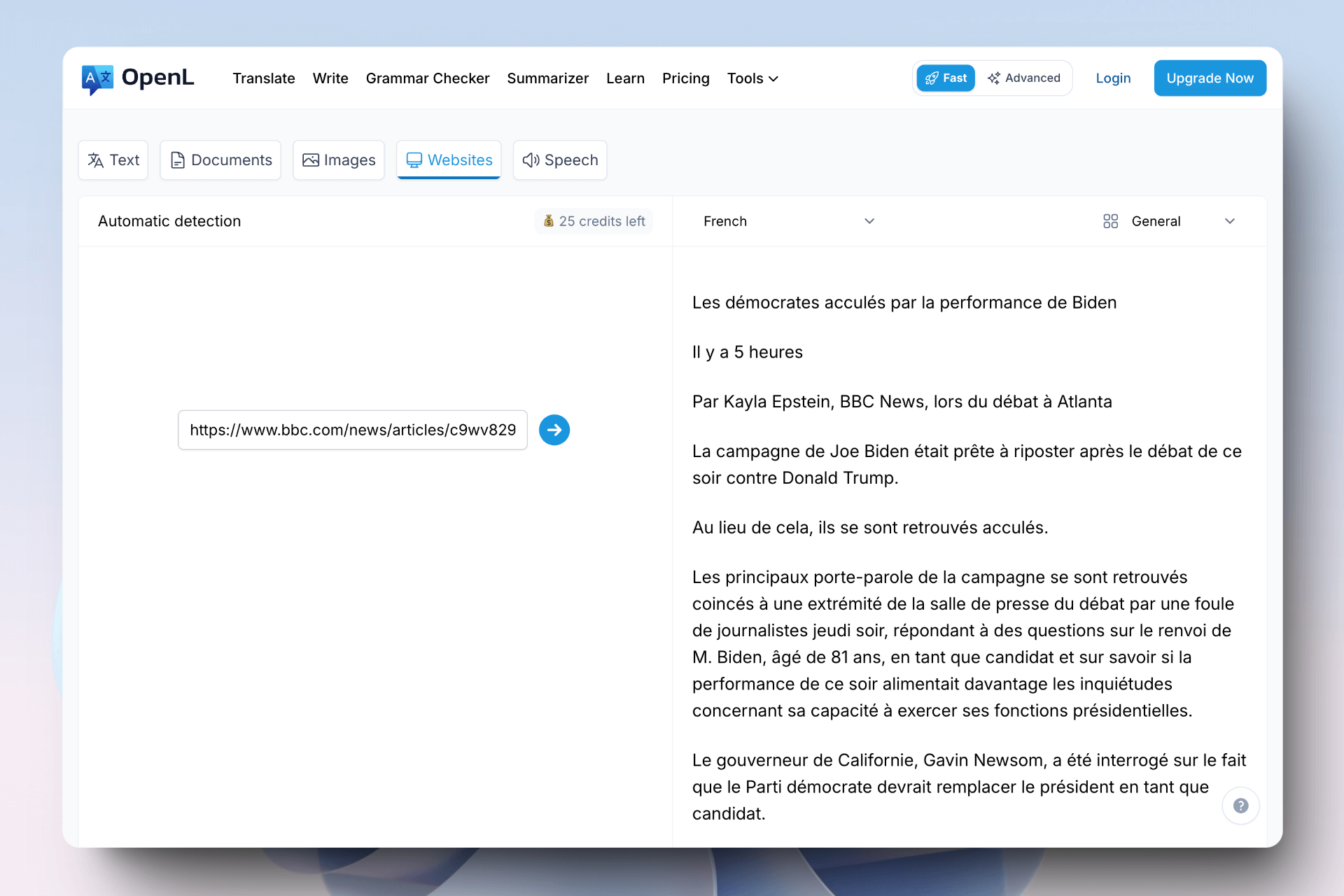
DeepL has gained widespread acclaim for its excellent translation quality, especially for European languages. However, emerging competitors such as OpenL are beginning to attract attention. This article compares these two tools and explores whether OpenL has the potential to be a strong contender against DeepL.
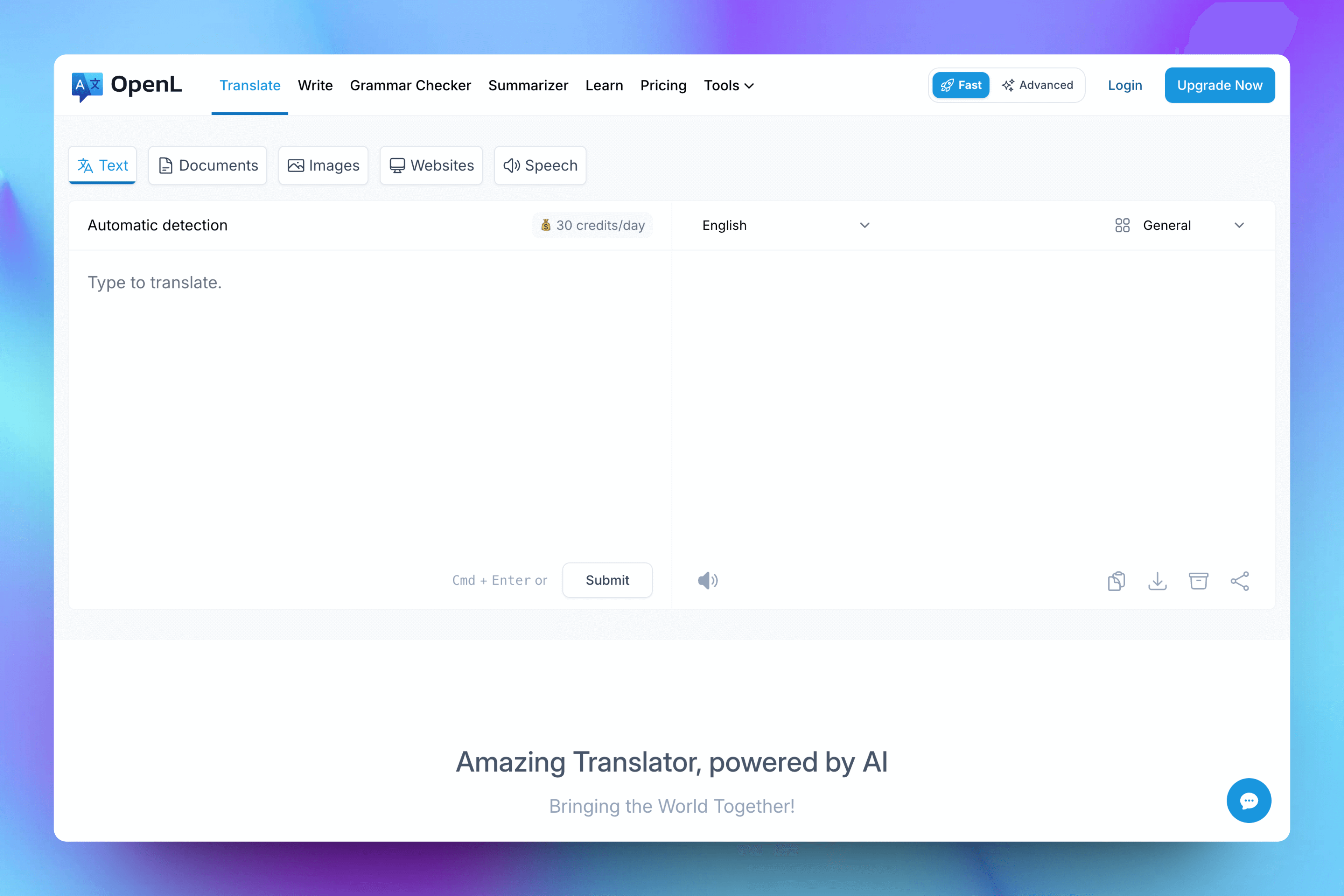
Google Translate has long been the go-to tool for translation needs. However, as technology advances, new alternatives like OpenL Translate are beginning to make their mark. This article compares these two tools and explores whether OpenL Translate has the potential to become a strong competitor to Google Translate.